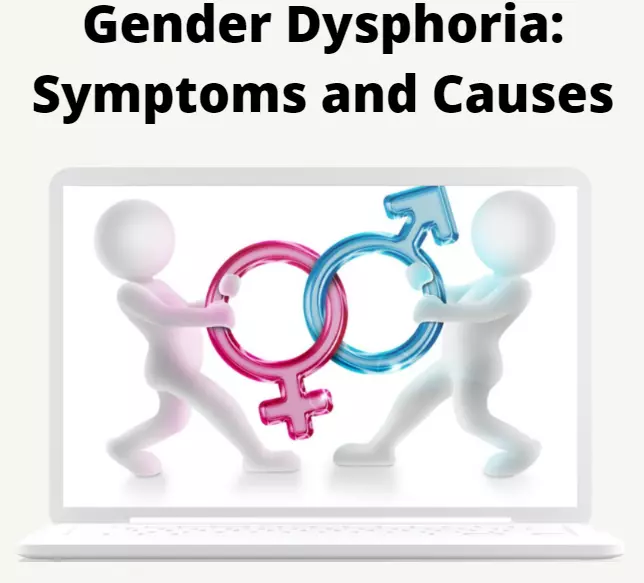
There are many people in this world having different options and thoughts.
They have been assigned with a particular gender since birth.
Their thoughts processes work according to their culture, gender expectations, and other factors.
What if a person doesn’t feel fit in his own gender identity? This is where Gender Dysphoria comes from.
What Is Gender Dysphoria?
Gender Dysphoria is defined by DSM 5 as a condition in which there is a conflict between a person’s assigned
gender. And the alternate gender he identifies with. For example if you’re a female. You do not feel feminine or do not identify yourself as a female. Or vice versa.
Gender dysphoria brings discomfort and distress to the patient. Making them feel anxious about their physical characteristics and expected gender roles.
They may identify themselves as gender non-conforming or gender-fluid as well.
Why is Gender Dysphoria Known as a Mental Illness?
We have seen people having gender identity conflicts with their assigned gender.
But why is it known as a mental illness?
The clash between the assigned gender and the gender the person identifies with is not a mental illness.
This clash leads to certain manage conditions like anxiety, depression, schizophrenia, suicide, and eating disorders.
Therefore it is essential to contact a psychiatrist or a psychologist for a counselling session.
What Are the Symptoms of Gender Dysphoria?

As discussed, people who have gender dysphoria experience discomfort regarding their gender.
This clash and conflict lead to mental health issues. The symptoms include are;
- There is a strong desire to identify oneself as the gender, different from the one assigned at birth.
- Having a strong disliking towards one’s genitals and desiring for the preferred gender.
- They have a strong liking towards the preferred gender’s appearances like clothing and look.
- Desiring to be treated as the preferred gender.
- Having a preference for the other gender toys and activities.
- Do not feel masculine or feminine as they’re generally attracted towards the other gender.
- They are frustrated with their assigned gender roles and expectations as they do not conform to their thinking.
How to Treat Gender Dysphoria?

First of all, the person should be given counseling so that the psychologist sorts out whatever mental health issues he faces.
There can be hormone therapies, surgeries, counselling sessions to help the person suffering from gender dysphoria.
Medical Treatment:
Hormone Therapy: In this therapy, hormones related to femininity and masculinity are injected to decrease the production of unwanted hormones.
Surgeries: Surgeries are carried out to completely become the alternate gender one identifies himself, for the lifetime.
Like surgeries related to breasts, genitals, chest, facial features, and overall physical appearance.
Counselling:
Therapy:
A person should take counselling to come out of his conflict and accept his identity.
The therapist helps the patient address his mental, social and legal issues and cope with them.
The therapist should carry out a detailed discussion regarding the surgeries and hormone therapies to make a path to acceptance easier for the patient.
Peer Support:
People around mental illness patients should support them as they need it the most. The acceptance of who they are becomes easier when they have peer support.


